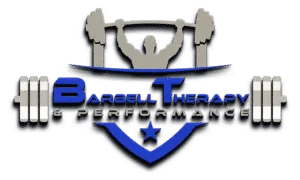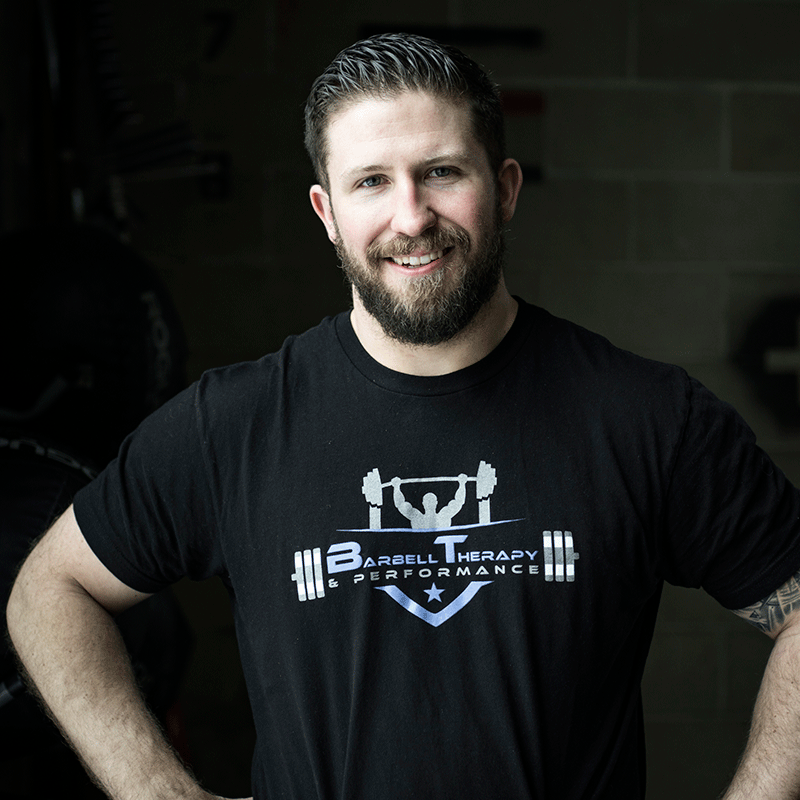So, you know that nagging injury you have had for quite some time that just won’t seem to get better? That chronic tendinitis, impingement syndrome, or back pain. We’ve all been there, and it can eventually reach the point that you are just ready to give up on getting better. But here are some of the biggest reasons why your injury isn’t healing up like you would want and keeps stopping you from performing at the top of your game.
1. Your Warm Up Needs More Warming Up
I see it every day in both my clinical patients and athletes in the gym. It is called a warm up because that is the intention….To physically warm up. Rolling around on a foam roller for 30 minutes may feel good, but it’s not stimulating your nervous system, it’s not improving the elastic principles of your soft tissues, and it isn’t doing anything to prep your body to accept load. A good warm up should include about 5 minutes of strict low intensity, steady state cardio – whether that be a brisk walk on a treadmill, skipping rope, hopping on a rower, etc. After that, we should really be thinking of utilizing drills that will accomplish some primary goals: prepare our body to handle some heavier loads, stimulate the nervous system, and optimize a given movement pattern. If we’re having pain, there is definitely plenty we can do, actively, that will help us achieve these goals. For example, we are having trouble with some shoulder pain in an overhead squat or snatch, but only at heavier weights. Instead of hitting the foam roller and just hopping under the bar, what if we worked on some breathing mechanics to bring down the muscle tone, then some active mobility drills to warm up the t-spine and improve that shoulder external rotation, then work on some eccentric overhead control with a training bar or dowel, barefoot? As much as a foam roller can feel good, taking the time to improve our movement control and improve the capacity to accept load will be what keeps you healthier in the long run.
2. You Need To Improve Stress Management
Most people truly have no idea how much stress plays a role in getting hurt. We need to think about life like a bucket and all the things we put into it are stressors. These stressors can be good and bad types of stress, and include the physical, mental, and emotional factors. So what does your bucket look like? Is it overflowing or leaking out the sides? The body can only take so much before it starts to break down. So add up stress from work, maybe a fight with your significant other, bills that need to be paid, and then top it off with the fact that you’re having trouble sleeping lately. Sometimes the best thing for our fitness is actually to do less. The body doesn’t know just weight and workload, it knows the sum of all stressors as the driver of performance. Now, there are certainly some stressors (like our bosses) that we can’t change or do much about. But there are plenty that we can manage, like our workout programs for example. Having a proper program with slow progressions over time is a way to manage parts of our physical stress that can help us from getting injured. It is my genuine belief that if we can get people to manage the other sides of the stress as well, we might feel some improvements in pain. Because pain is just a sensation that comes up when the sum of stress exceeds the body’s perceived ability to cope with the sum of those stressors!
3. You’re Not Recovering Enough
This piggy backs off of the previous point. It took me a long time to realize this as I just always really enjoyed spending 3 hours at the gym 6 days a week, but never had any idea why some part of my body was always in pain. I was physically stressing my body out too much – everything was always super achy and tight, my mobility sucked, and was very limited at times with what I could do because of the chronic tendonitis I had built up. I built this up not because anything was necessarily wrong, but because I didn’t give any of my tissue time to recover, heal, and be repaired before my next workout. Nowadays, I work out 4 days a week for about an hour and a half each, with one day being a pretty minimal workout. And I feel the best I have ever felt in my life. Leading up to me competing at the American Open last month, work got pretty hectic with longer hours and more stressors, so I actually dropped a day of training to prioritize recovery over adding more stress, because I knew that wasn’t going to help matters out. If you look at most of the top competitors out there, they typically taper down the workload going into a meet, and have the law of supercompensation help to hit some PRs. So, is more always better? Definitely not.
4. You Keep Using Passive Modalities Over Active Ones
Unfortunately, I end up getting most of my patients after they have already tried a slew of other interventions like massage, acupuncture, yoga, stretching, hydro-massage, the list goes on. There are plenty of patients coming in for physical therapy thinking they need things like dry needling. Now, you didn’t get hurt because you didn’t get dry needled…. And although these are good tools, they are just that. They should be seen as a tool to open a new window of opportunity to create a change. That could be some short term mobility gains and decreases in pain, which should then be capitalized upon by following up with appropriate movements and exercises that are going to promote increased joint control, increased skill acquisition, increased stability, and a decreased perception of threat. Because in reality, most mobility issues really are only an underlying stability issue because your body might be lacking a sense of control. And the nervous system only gives us mobility as long as it feels safe. (pain science!) Movement, load, and skill acquisition drills after doing some passive modality is like hitting save on an old school word document. Once the body realizes it can do a movement in a new range, and realizes nothing bad is happening, that mobility is much more likely to stick around longer, and you will feel much less pain.
5. You Might Not Be Loading Tissue Appropriately
Now, this is where going to see a professional medical provider like a physical therapist, experienced strength coach, or movement based chiropractor may be of the greatest importance. Returning to sports or physical activities from pain and injury means that we need to load things appropriately and progressively which can sometimes be quite a balancing act. That means not just jumping right back into your bench press routine at 100% after it feels good following a month off of training. We need to re-train the body to prepare to accept that load again. That means starting slowly and progressing through increasing weights, reps, and varying the level of difficulty of exercise over time. Though that doesn’t mean we should be scared of pushing through a small bit of discomfort. A majority of the time, pain is a “triggered” and habitual response based on the body’s past experiences. Taking the time to move or even hold in a painful position at very light weights can help alleviate some of the pain you may feel. If things are getting worse, you should most definitely stop the exercise, maybe try less weight, or modify the exercise in someway. As stated, this is where seeing a professional might be of the most benefit for your long term health.
If you have any questions, comments, concerns, or would like to setup a consultation, please feel free to drop us a line using our contact form or stop by our practice here in Lowell, Massachusetts.


